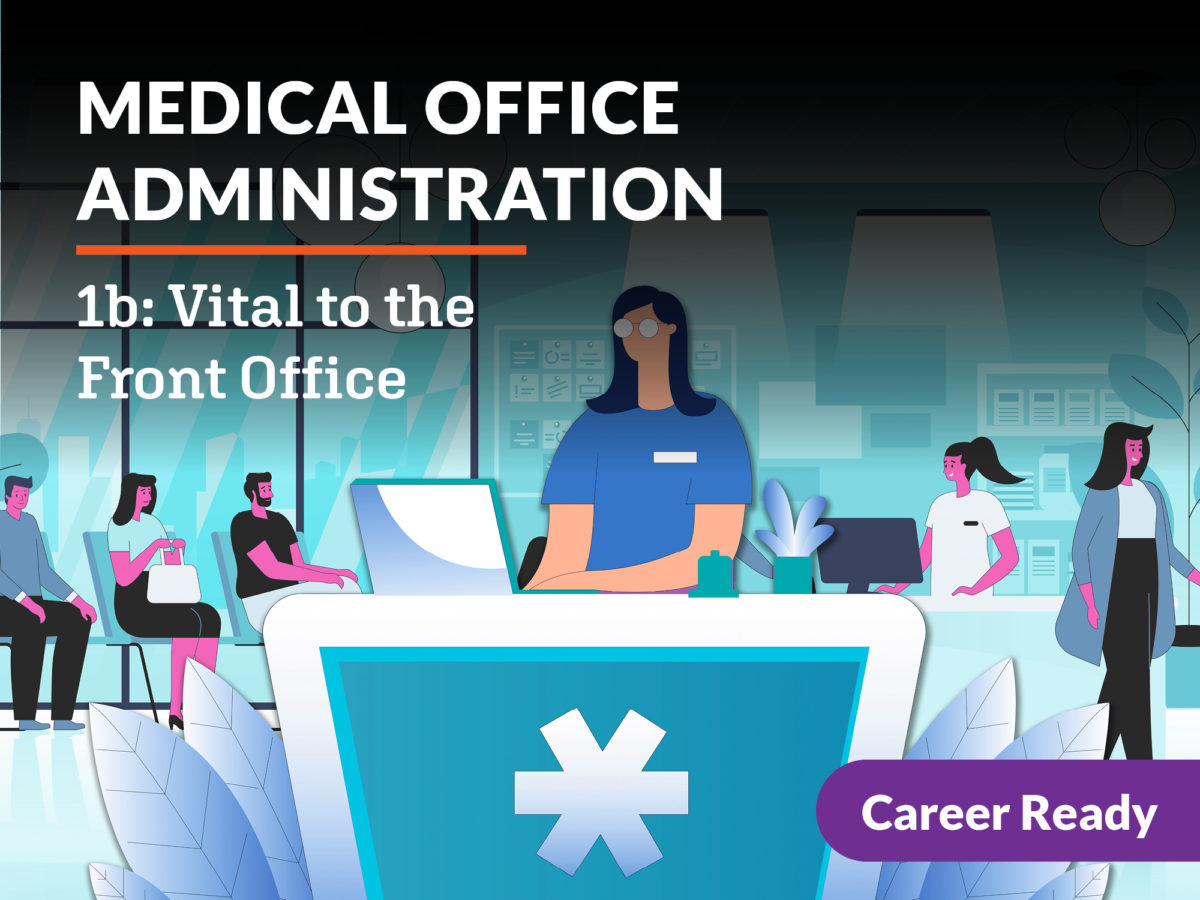Exactly How to Boost Efficiency in Medical Administration with Modern Equipment
Exactly How to Boost Efficiency in Medical Administration with Modern Equipment
Blog Article
Finest Practices in Medical Administration for Improving Performance and Lowering Costs
In the ever-evolving landscape of healthcare, the pursuit of ideal methods in clinical management is paramount for improving performance and curbing costs. By incorporating sophisticated innovations such as digital health and wellness documents and telemedicine, doctor can simplify procedures and improve client care. Technology alone is not a panacea; enhancing source allocation and fostering collaborative interaction among treatment teams are just as vital. As companies aim to balance high quality and price, what strategies should be prioritized to attain these dual goals? The answers to these concerns hold the secret to a more lasting medical care system.
Leveraging Advanced Technology
The assimilation of electronic solutions right into healthcare systems has actually transformed the method centers operate, streamlining procedures and boosting individual care. By centralizing person information, EHRs eliminate the requirement for difficult documentation and facilitate smooth interaction amongst medical care providers.
Telemedicine is an additional technical development that has actually reinvented person interaction. It provides ease for both clients and health care professionals by enabling remote consultations, which can lower the demand for in-person gos to and enhance consultation scheduling. Additionally, telehealth platforms can expand health care accessibility to country or underserved locations, connecting voids in treatment delivery.
Moreover, the use of Artificial Intelligence (AI) and maker learning is becoming progressively common in predictive analytics, enabling very early detection of possible wellness concerns and more informed decision-making. These technologies, when incorporated properly, can enhance analysis precision and customize client treatment plans, ultimately causing enhanced health care results and operational performance.
Optimizing Resource Allocation
Effective source allowance is critical for making best use of the effectiveness of medical management. By tactically managing sources such as workers, equipment, and finances, healthcare centers can significantly boost their functional efficiency, enhance person outcomes, and lower unnecessary expenditures. The primary step in optimizing resource allowance entails performing a detailed evaluation of present possessions and recognizing locations where sources might be underutilized or overextended. This analysis should be data-driven, using metrics and analytics to inform decision-making processes.
Focusing on source appropriation based upon person demands and service needs is necessary. This entails straightening sources with high-demand locations, such as emergency situation treatment or specialized treatments, to ensure prompt and efficient patient treatment. Carrying out adaptable staffing models can also maximize labor sources by changing workers appropriation in action to varying patient volumes. In addition, welcoming telemedicine and other technical options can ease physical source constraints by providing alternative methods for patient-provider communications.
Funds must be thoroughly checked and assigned with critical foresight to sustain both temporary functional demands and long-term institutional goals. This includes investing in training programs that improve team competencies and adopting energy-efficient techniques that reduce operational prices (medical administration). Ultimately, an enhanced source allocation strategy promotes a sustainable health care atmosphere that is receptive, effective, and economically sensible
Streamlining Operations Procedures
When health care centers objective to enhance operational performance, simplifying workflow processes comes to be an essential focus. Reliable process reduce redundancy, get rid of unneeded actions, and improve coordination among health care experts. This approach not just speeds up solution distribution but additionally improves the high quality of patient care.

Next, technology assimilation plays a significant role in enhancing process. Carrying out electronic wellness records (EHRs) and computerized physician order access (CPOE) systems lowers documents, decreases human error, and ensures information comes to all pertinent employees. Additionally, leveraging telemedicine systems can streamline patient consultations and follow-ups, decreasing the strain on physical framework.

Inevitably, structured operations result in set you back decreases and boosted person satisfaction, cultivating a more sustainable healthcare setting.
Enhancing Data Monitoring
Building upon streamlined workflows, maximizing data management ends up being a crucial element ahead of time healthcare administration. Efficient information administration systems are critical for maintaining precise client records, enhancing decision-making, and guaranteeing conformity with regulatory criteria. By executing durable data management remedies, health care centers can boost the top quality of individual treatment while all at once lowering operational costs.
One key aspect of boosting data monitoring is the combination of sophisticated electronic health and wellness document (EHR) systems. These systems assist in the smooth exchange of patient details across different departments, decreasing replication of tests and minimizing errors. A well-designed EHR system supports information analytics, enabling health care suppliers to identify patterns and make educated choices relating to person care.
Moreover, protecting patient information is vital. Embracing thorough cybersecurity procedures, including file encryption and normal audits, ensures the honesty and confidentiality of delicate details. This not only safeguards clients but also keeps the organization's online reputation.
Purchasing staff training is one more critical aspect. Enlightening health care professionals on information monitoring methods enhances their capacity to efficiently utilize innovation, resulting in improved individual end results. In final thought, boosting information monitoring with innovative technology and detailed training is important for attaining efficiency and price decrease in clinical administration.
Fostering Collaborative Communication
An Click Here important part beforehand clinical management is cultivating collaborative interaction amongst health care specialists. Effective communication is vital for ensuring smooth person care, enhancing therapy outcomes, and reducing errors. By urging open dialogue and control across multidisciplinary groups, medical care companies can boost their operational efficiency and decrease unnecessary costs.
Central to this approach is the assimilation of interaction modern technologies such as digital health records (EHRs) and safe read this messaging platforms, which assist in the rapid exchange of critical patient information. These tools allow doctor to accessibility and share information in genuine time, ensuring that all employee are informed and lined up in their decision-making procedures. Additionally, routine group meetings and interdisciplinary rounds can even more advertise a society of cooperation and accountability.
Educating programs focused on boosting interaction skills are also necessary. Ultimately, promoting collective communication leads to enhanced healthcare delivery and price savings.

Verdict
Including sophisticated technology, such as digital health and wellness records and telemedicine, alongside maximized resource allocation and streamlined operations procedures, is essential for improving performance in clinical administration. Effective information administration and fostering collective interaction among medical care groups are vital for lessening redundancies and boosting care quality. By focusing on precautionary care and engaging in high quality improvement campaigns, health care companies can attain significant expense savings and boosted individual end results, consequently making sure sustainable healthcare distribution in an increasingly intricate environment.
Report this page